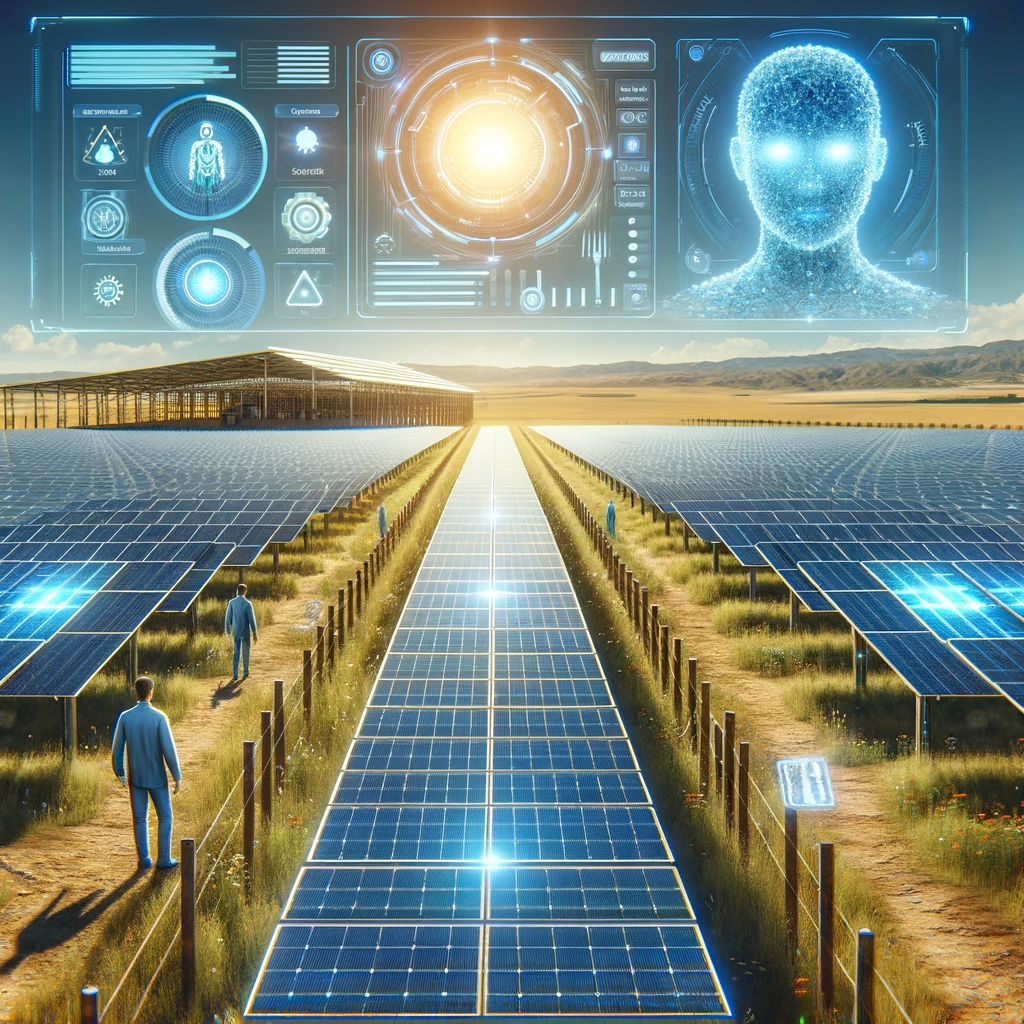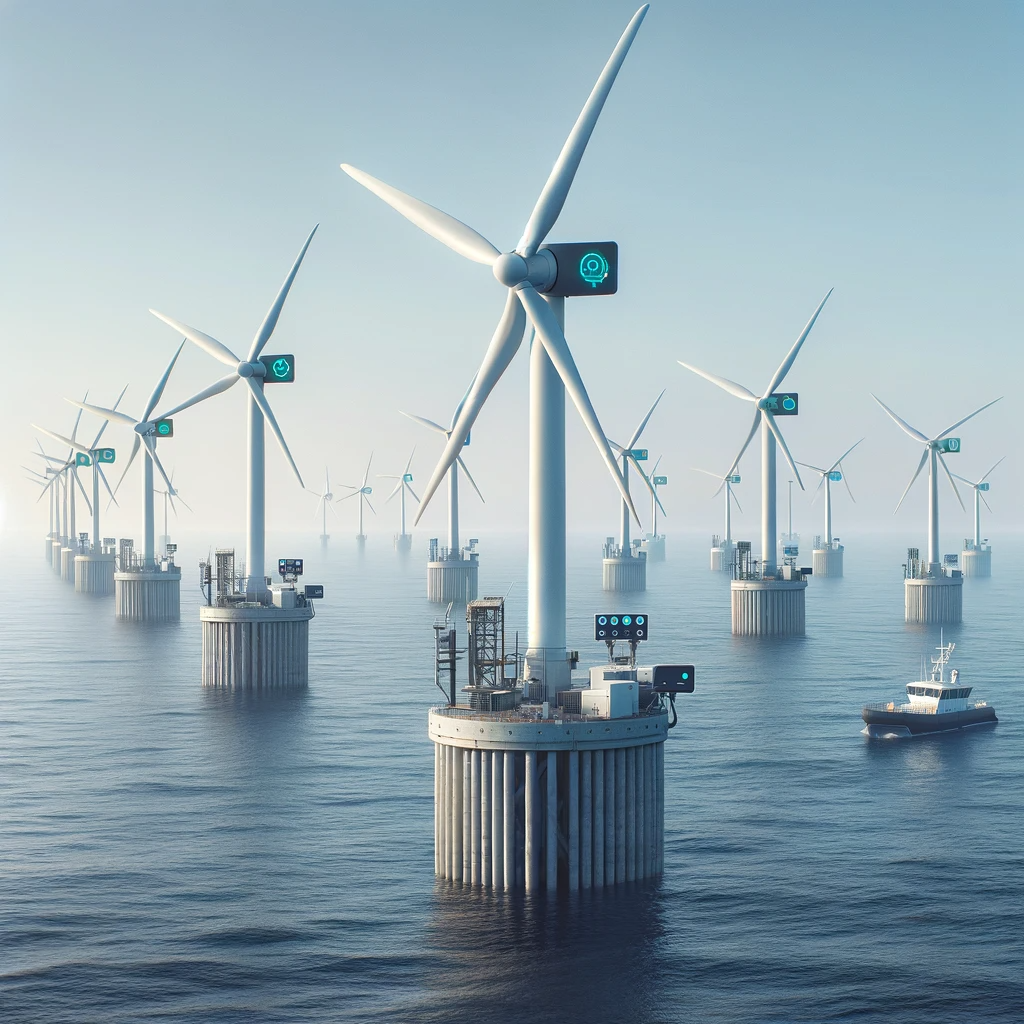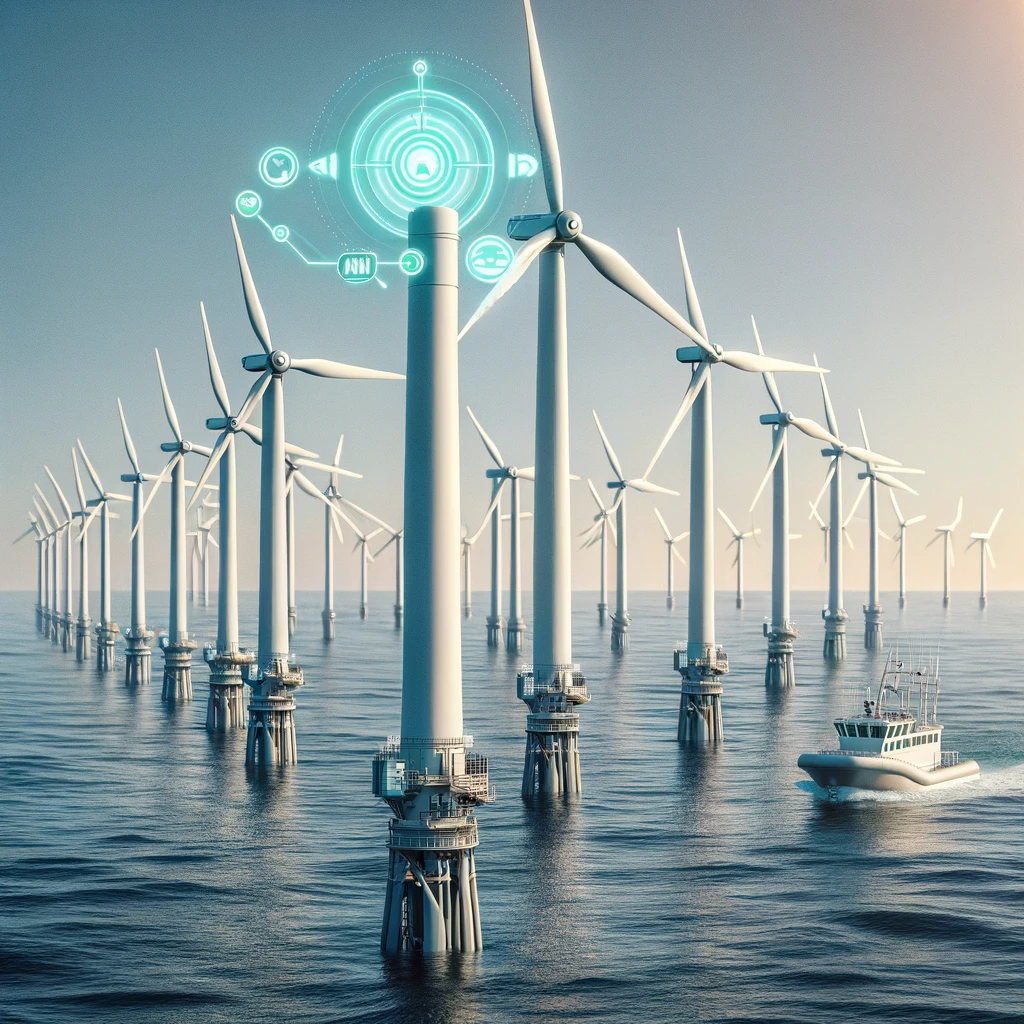In a world where the demand for energy is constantly increasing, the transition to sustainable and renewable sources of power has become imperative. Renewable energy, such as solar and wind power, has the potential to reduce our dependence on fossil fuels and mitigate the effects of climate change. However, the efficiency and reliability of renewable energy sources have been a longstanding challenge. Enter Artificial Intelligence (AI), a game-changing technology that is revolutionizing the renewable energy sector. In this comprehensive 3000-word article, we will explore how AI is being employed to optimize the generation, distribution, and storage of renewable energy, ultimately paving the way for a greener and more sustainable future.
Introduction to Renewable Energy and Its Challenges
Renewable energy is derived from sources that are naturally replenished, such as sunlight, wind, and water. Unlike fossil fuels, which are finite and contribute significantly to greenhouse gas emissions, renewable energy is clean, abundant, and environmentally friendly. Solar panels harness sunlight, wind turbines convert wind energy into electricity, and hydropower systems capture the energy of flowing water.
While renewable energy sources hold great promise, they come with inherent challenges:
- Intermittency: Solar and wind power are intermittent sources. They depend on weather conditions and time of day, making it difficult to ensure a stable energy supply.
- Storage: The efficient storage of excess energy for use during low production periods is crucial for renewable energy’s reliability.
- Grid Integration: Incorporating renewable energy into existing power grids can be complex and requires smart management.
- Cost: Despite falling costs, renewable energy installations and infrastructure can still be expensive.
- Resource Variability: The availability of renewable resources varies by location, limiting their universal applicability.
The Role of AI in Renewable Energy Optimization
1. Predictive Analytics for Energy Generation
AI plays a pivotal role in predicting energy generation from renewable sources. Machine learning algorithms analyze historical weather data, solar radiation levels, wind speeds, and other variables to forecast energy production accurately.
Benefits:
- Enhanced grid stability through accurate predictions.
- Efficient resource allocation and grid management.
- Increased reliability and reduced reliance on backup power sources.
Predictive analytics allow grid operators to anticipate fluctuations in energy supply and demand, making it possible to balance the grid effectively. AI helps ensure that energy generated from renewable sources aligns with consumer needs.
2. Smart Grid Management
Smart grids leverage AI to optimize the distribution of electricity, including renewable energy, across the grid. AI-driven systems monitor real-time data on energy production, consumption, and grid health, enabling intelligent decisions.
Benefits:
- Minimized energy wastage and reduced transmission losses.
- Rapid detection and response to power outages and faults.
- Seamless integration of renewable energy sources.
AI algorithms continuously analyze data from sensors and smart meters, identifying areas with high energy demand and rerouting power accordingly. This results in more efficient energy distribution and reduced energy loss during transmission.
3. Energy Storage Optimization
Efficient energy storage is a critical component of renewable energy integration. AI is used to optimize energy storage systems, such as batteries, by determining when to store or release energy to maximize cost savings and grid stability.
Benefits:
- Increased self-sufficiency through energy independence.
- Lower electricity bills by using stored energy during peak pricing.
- Reduced wear and tear on storage systems, extending their lifespan.
AI algorithms analyze consumption patterns, weather forecasts, and electricity rates to make informed decisions about when to charge and discharge energy storage systems. This ensures that stored energy is used strategically to save costs and reduce reliance on the grid.

4. Renewable Energy Forecasting
Accurate forecasting of renewable energy generation is crucial for grid stability and energy trading. AI-driven models consider various factors, including weather conditions, historical data, and sensor inputs, to provide highly precise forecasts.
Benefits:
- Efficient planning of energy generation and distribution.
- Better integration of renewable energy into the grid.
- Enhanced energy trading and market participation.
Renewable energy forecasting helps grid operators anticipate supply fluctuations, ensuring that electricity demand is met without overloading the grid. It also aids in scheduling maintenance activities to minimize downtime.
5. Autonomous Renewable Energy Assets
AI has enabled the development of autonomous renewable energy assets, such as solar trackers and wind turbine controllers. These systems use AI to adjust their positioning and operation based on real-time data, maximizing energy capture.
Benefits:
- Increased energy output from renewable installations.
- Extended lifespan of renewable energy equipment.
- Reduced maintenance costs.
Solar trackers, for example, adjust the angle and orientation of solar panels throughout the day to capture maximum sunlight. Wind turbine controllers use AI to optimize blade angles and generator output based on wind conditions. These autonomous systems significantly boost energy production efficiency.
AI in Practice: Real-World Applications
1. Google’s DeepMind and Wind Energy
Google’s DeepMind, known for its AI advancements, partnered with a wind farm in the United States to improve wind turbine energy production. DeepMind’s AI algorithms analyzed weather data and turbine performance to predict wind conditions more accurately. As a result, energy production increased by up to 20%.
2. Tesla’s Battery Management
Tesla’s electric vehicles and energy storage solutions employ AI for battery management. Tesla’s AI algorithms optimize when to charge and discharge batteries to extend their lifespan while providing reliable energy storage solutions for consumers.
3. Virtual Power Plants
AI is used to create virtual power plants (VPPs) by aggregating renewable energy sources and energy storage systems. VPPs balance supply and demand in real-time, contributing to grid stability.
Challenges and Considerations
While AI holds great potential in enhancing renewable energy, there are challenges and considerations:
- Data Quality: Accurate AI predictions rely on high-quality data. Inaccurate or incomplete data can lead to suboptimal outcomes.
- Energy Storage Costs: Despite advancements, energy storage solutions remain costly for widespread adoption.
- Technical Expertise: Implementing AI solutions requires expertise, which may not be readily available to all energy providers.
- Regulatory Frameworks: The integration of AI into energy infrastructure must align with existing regulatory frameworks.
- Environmental Impact: The production of AI hardware and infrastructure can have an environmental footprint that needs to be considered.
The Future of AI in Renewable Energy
The future of AI in renewable energy is promising:
- Increased Efficiency: AI will continue to improve the efficiency of renewable energy production, making it more competitive with fossil fuels.
- Energy Accessibility: AI-powered microgrids and decentralized energy solutions will provide access to electricity in remote areas.
- Energy Transition: AI will accelerate the transition to a sustainable and clean energy future, reducing greenhouse gas emissions.
- Energy Equity: AI can address energy equity issues by optimizing energy distribution to underserved communities.
- Technological Advancements: Ongoing AI advancements will lead to more sophisticated applications in renewable energy.

Conclusion
AI’s integration into the renewable energy sector is a transformative force. By optimizing energy generation, distribution, and storage, AI enhances the efficacy of renewable energy sources, making them more reliable, efficient, and accessible. As AI continues to evolve and the renewable energy sector expands, the synergy between these two fields promises to play a pivotal role in combating climate change and ushering in a sustainable energy future for generations to come.
